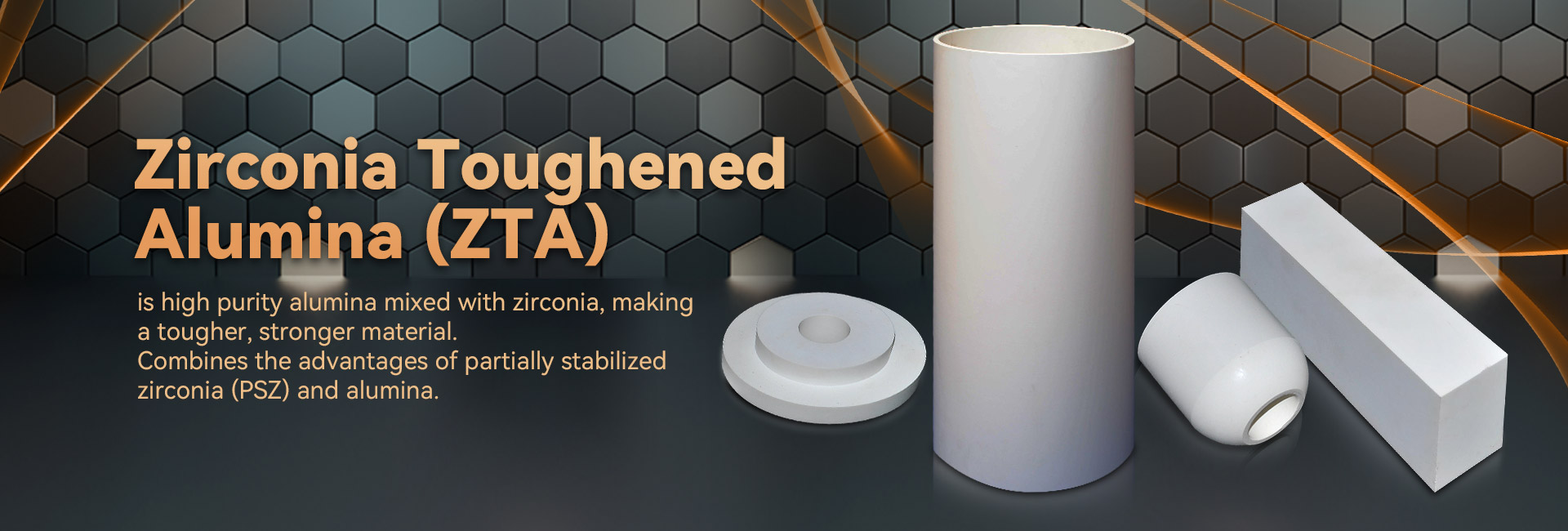robust design exceptional steatite ceramics?

Technological product boast remarkable structural qualities, rendering them optimal for a diverse variety of purposes. Stemming from space and motor industry to technological devices, these ceramics are rapidly enhancing to match precise ceramic the requirements of a modern environment.
- Their strength and antagonism to critical settings make them essential for cutting-edge equipment.
- Furthermore, technical ceramics supply edges in terms of durability, supporting the innovation of cutting-edge mechanisms.
Forming Porcelains: Built for Superior Functionality
Constructed ceramics outperform in tough deployments due to their superior facets. Formed from chosen raw materials and processed with intensive processing techniques, these next-generation substances present peerless sturdiness, dulling resistance, and endurance to harsh environmental conditions, decay, and scraping. From aeronautics units to engraving tools, industrial ceramics offer unique output across several specialties. Their multifunctionality allows withstanding extreme circumstances, warranting endurance and reliability. As development progresses, the need for top-tier substances grows, cementing the major role of industrial ceramics in shaping a enhanced tomorrow.
Innovative Ceramics: Surpassing Material Barriers
Ceramics, boasting notable strength and lastingness, are at the start of a revolution. Pioneering ceramics, formulated with meticulous control over their formulation and fine structure, exceeding the bounds of that which is imaginable. These elements carry a wide assortment of qualities, rendering them fit for critical realms such as spacecraft, medicine, and electricity. From slender parts that resist extreme thermal states to medical-grade implants that merge effortlessly with the biological system, advanced ceramics are reshaping our environment.
Accurate Ceramic Manufacturing: Satisfying Critical Requisites
Advanced ceramic fabrication has transformed dramatically in recent years, providing the formulation of sophisticated and highly functional ceramic segments. These items are vital across a varied range of domains, including astronautics, biomedical, and technological domains. Catering to the demanding parameters for these applications calls for strict fabrication techniques that provide for dimensional correctness, surface polish, and material essentials. Cutting-edge ceramic fabrication processes apply multiple methods, including slip casting, injection molding, and additive manufacturing. These techniques facilitate the construction of intricate geometries and delicate elements with supreme uniformity. In addition, advances in substance development have caused new ceramic compositions endowed with heightened aspects. These substances exhibit increased toughness, lastingness, and tolerance to critical thermal conditions, supporting their use in stringent sectors.
The chances for careful ceramic fabrication are considerable. As examinations and improvement advance, we can count on even more sophisticated methods and forms that will additionally stretch the boundaries of what is realizable in this domain.
Top-Performing Ceramic Products for Rugged Conditions
Ceramic composites offer extraordinary sturdiness and invulnerability against extreme situations, making them perfect for exacting purposes in orbital markets. These progressive ceramics can tolerate extreme thermic loads, repel corrosion, and retain their capability under extreme mechanical impacts. Their unparalleled mineralogical elements empower consistent output in harsh situations, including industrial furnaces, power units, and energy generators.
- Specialized ceramic compounds
- Heat tolerance
- Optimized lightness
Advanced Composites: Fusing Strength and Efficiency
Ceramic composites offer a attractive mix of mechanical fortitude and distinct tailored abilities. Through the amalgamation of ceramic units within a copyright, these compounds achieve remarkable skills. This synthesis results in heightened defense against high heat, wearing, and chemical degradation, rendering them desirable for challenging tasks in space, motor industry, and power industries. Furthermore, ceramic composites are adapted to possess particular properties like electrical conductivity or biocompatibility, expanding their applicability across diverse realms.
Nanostructural Governance in State-of-the-Art Ceramics
Attaining aimed-for properties in state-of-the-art ceramics frequently involves detailed governance over their microstructure. Myriad treatment specifications, including sintering heat intensity, span, and atmosphere, alongside the inclusion of dopants or ancillary phases, importantly influence the organization of aggregations, open volume, and other microstructural aspects. Detailed modification of these conditions allows for the advancement of fortification, breakage resistance, and warmth conductivity. To illustrate, boosting the sintering heat magnitude can accelerate grain enlargement, thus increasing mass concentration and improving mechanical rigidity. Conversely, controlling the firing atmosphere may transform the oxidation status of the ceramic, thereby influencing its electrical charge transport or magnetic specs. Recognizing these relationships between microstructure and properties is essential for forming advanced ceramics with bespoke capabilities suitable for numerous positions.
Decay-Resistant Ceramics: Augmenting Endurance
In stringent commercial domains, where elements are subjected to constant wear and corrosion, products with high toughness are critically needed. Wear-resistant ceramics have developed as a key remedy, offering unparalleled lastingness and output in varied industries such as operation, mining, and aerospace. These specialized composites possess a rare morphology that enhances their potential to defy scraping. By applying the intrinsic robustness and compression of ceramic materials, engineers can craft long-lasting modules capable of withstanding the most severe operating settings.
Bio-Compatible Elements: Deployments in Health Sector
Clinically safe ceramics have overhauled the medical field, offering an array of advantageous peculiarities for extensive assignments. These composites are bioinert within the tissue, minimizing antibody responses and advancing recovery. A prime purpose for biocompatible ceramics is in prosthetic supports, where their robustness sustains long-lasting reinforcement to damaged tissues.
Over and above, they are deployed in prosthetic teeth, conveying a robust and pleasing solution for dental implants. Ceramics also hold a key responsibility in drug administration, facilitating the concentrated delivery of substances to specific sites within the living entity.
- Moreover, biocompatible ceramics are frequently being explored for wound care, serving as a platform for cell growth.
- For that reason, the future of biocompatible ceramics in clinical practice looks favorable, with continual advancements expanding their potential.
Ceramic Sensing Technologies: Facilitating Precise Quantifications
High-tech sensor ceramics have materialized as vital modules across a multifaceted array of markets. These tools deploy the singular aspects of ceramic structures to deliver highly exact evaluations. Their strength in {demanding|harsh| 